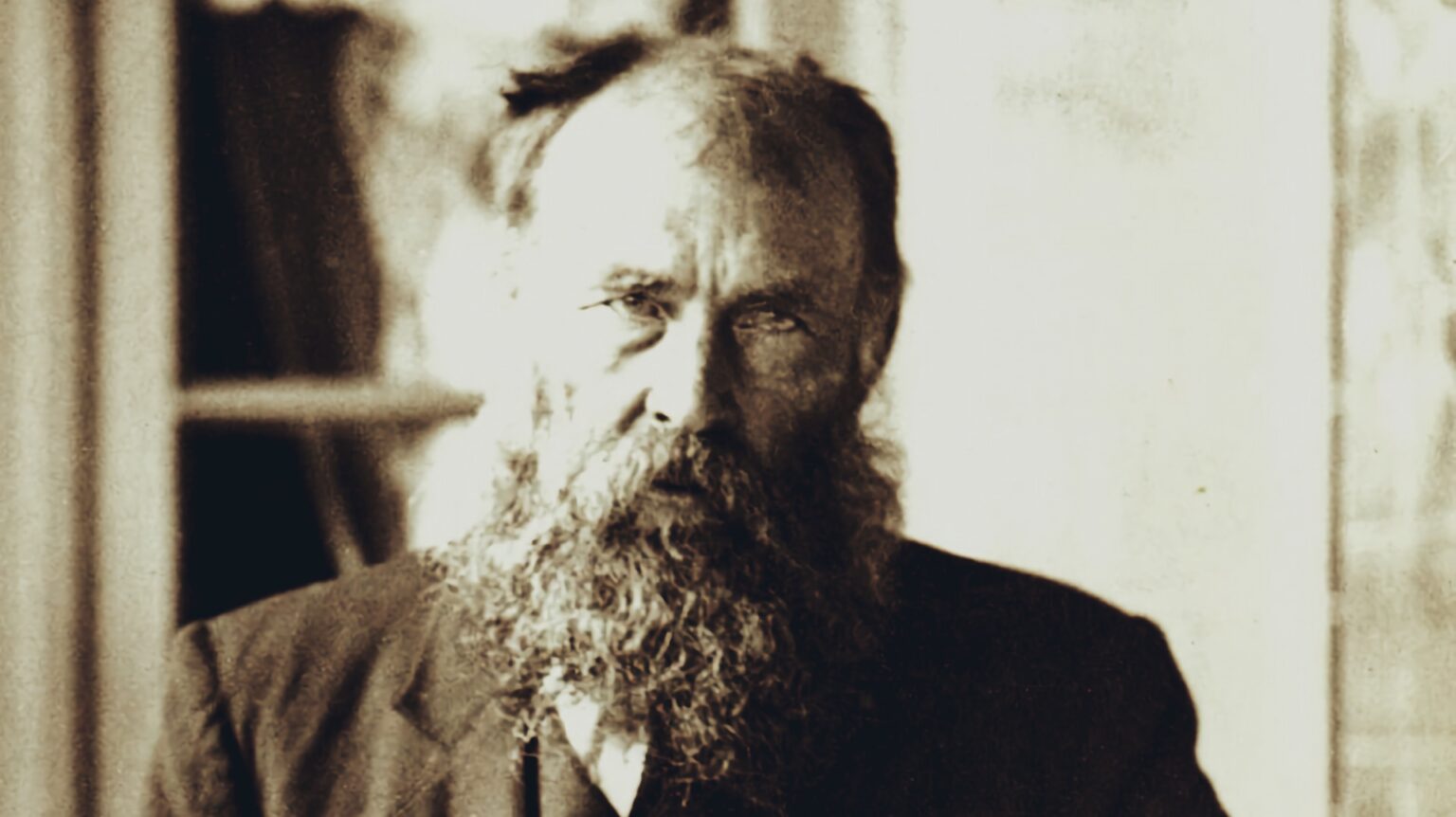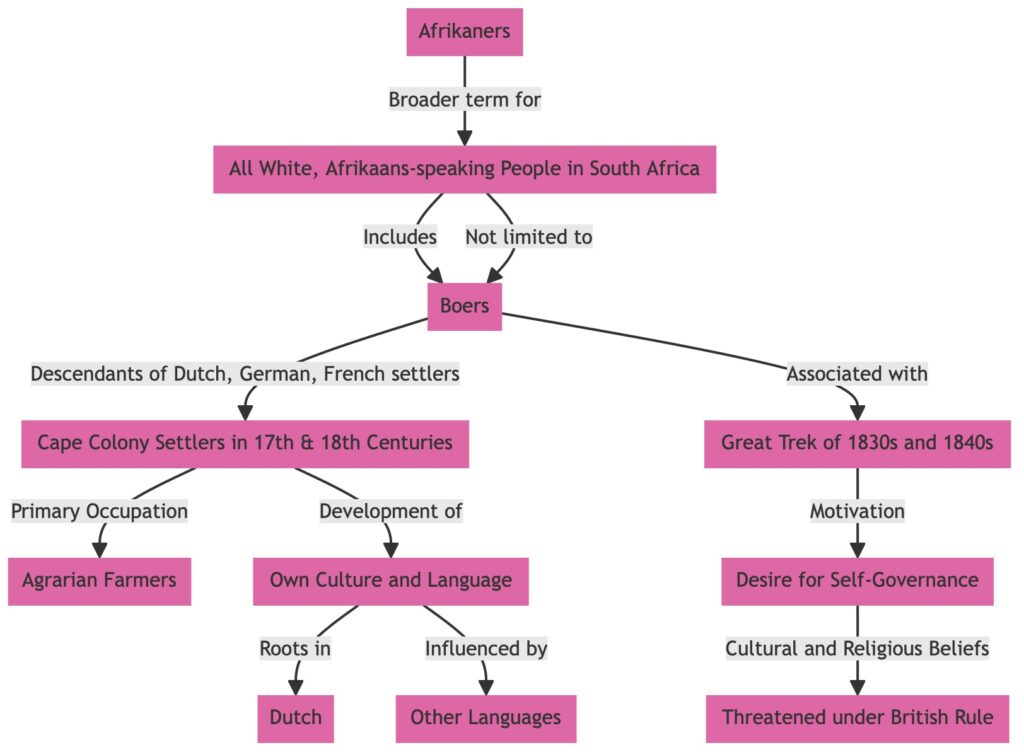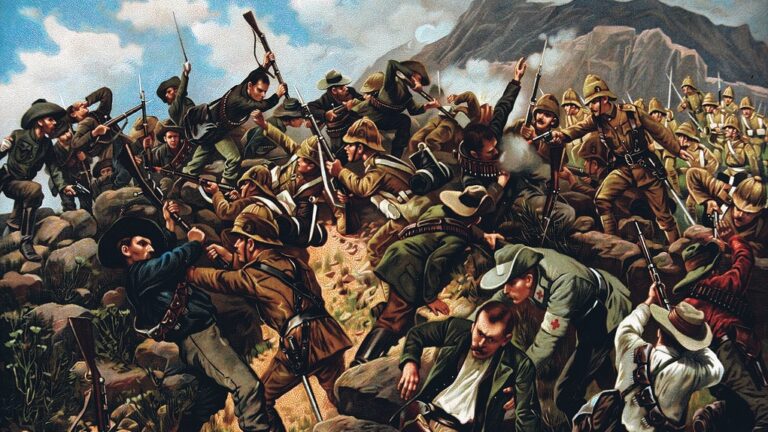Siener van Rensburg was a Boer prophet famed for his visions during the Boer Wars, predicting significant South African events.
Nicolaas Pieter Johannes Janse van Rensburg, affectionately known as ‘Siener’ (Seer), was born in the South African Republic. His education was brief, but he was well-versed in the Bible, which shaped his worldview and prophetic interpretations.
Siener’s background
He was born on 30 August 1864, in the Potchefstroom district of the South African Republic. His upbringing was modest, rooted in the rural farming life that was typical of the region during that time. His family was deeply religious, belonging to the Gereformeerde Kerk, an offshoot of the Dutch Reformed Church. This religious background played a significant role in shaping his worldview and the interpretation of his visions.
Van Rensburg’s formal education was minimal, amounting to about 20 days in total.
His mother taught him to read, using the Bible as the primary text, which remained his only reading material throughout his life. This lack of formal education did not impede his reputation as a man of insight; in fact, it may have contributed to his mystique.
He married Anna Sophia Kruger in 1884, with whom he had several children. His family life was typical of the Boer farmers of the time: hardworking, self-sufficient, and closely knit. The family worked the land and raised livestock, living a life that was largely self-contained and independent.
His Anglo-Boer War visions
The Second Anglo-Boer War (1899–1902) was a defining period in van Rensburg’s life.
Although he did not fight as a soldier, he accompanied the Boer forces, providing spiritual support and sharing his visions, which were often symbolic.
The black bull and the red bull
One of his most famous visions involved two bulls fighting: a black bull and a red bull. The black bull, representing the Boers, and the red bull, symbolising the British, clashed fiercely. In his vision, the red bull was eventually defeated, which was interpreted as an omen of Boer victory over the British forces.
Sadly, the Boers were (eventually) defeated by the British.

Vision of General De La Rey’s success
Van Rensburg foresaw General Koos de la Rey’s success in battle, which bolstered the general’s confidence and the morale of his troops. His visions predicted how the enemy would approach along the Harts River and when they would be most vulnerable, contributing to the Boer victory at the Battle of Tweebosch.
The wounded soldier
In a more specific instance, he reassured a fellow Boer that his brother, who was missing after a skirmish, was not dead but injured and would return. This came to pass when the wounded soldier was found and brought back to camp, as van Rensburg had predicted.
The mourning women
Van Rensburg had a vision of women in mourning, which he interpreted as a sign of impending loss for the Boer forces. This vision was later connected to the significant casualties the Boers suffered during the war.
The frog
He also described a vision of a frog swelling and bursting, which was thought to symbolise British expansion and aggression that would ultimately lead to their overreach and downfall in certain battles.
The burning candle
Van Rensburg saw a candle burning from both ends, indicating that the war would be long and consume resources and lives from both sides until it burned out, leaving devastation in its wake.
The broken wagon wheel
He envisioned a wagon with a broken wheel, which was seen as a prediction of the disruption of British supply lines or the breakdown of their military campaign.
The English soldiers
Before the battle of Magersfontein, he predicted English soldiers falling into a river, which was later linked to the Boer victory where many British soldiers were indeed killed while crossing the Modder River.
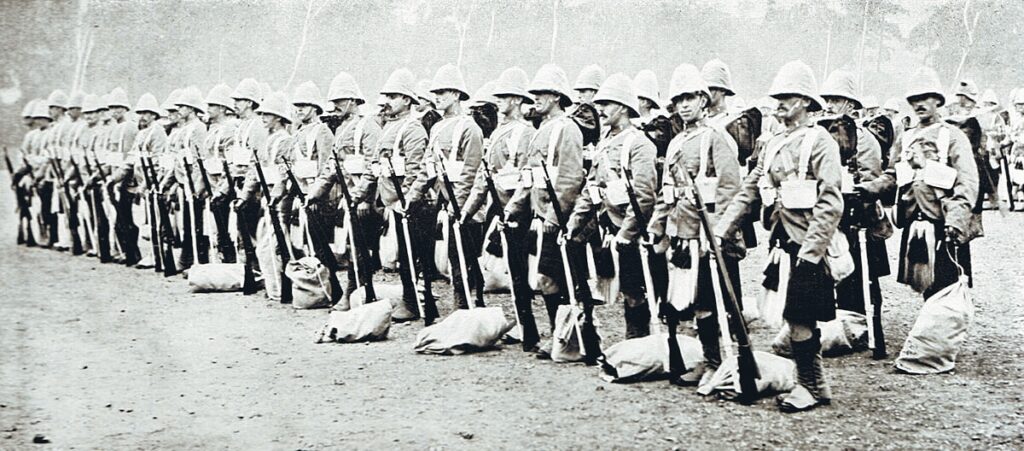
After the war
After the war, van Rensburg returned to his farm and continued his pastoral life. However, the war had taken a toll on the family, as it had on many Boer families, with the British scorched earth policy leading to widespread loss of property and livelihood.
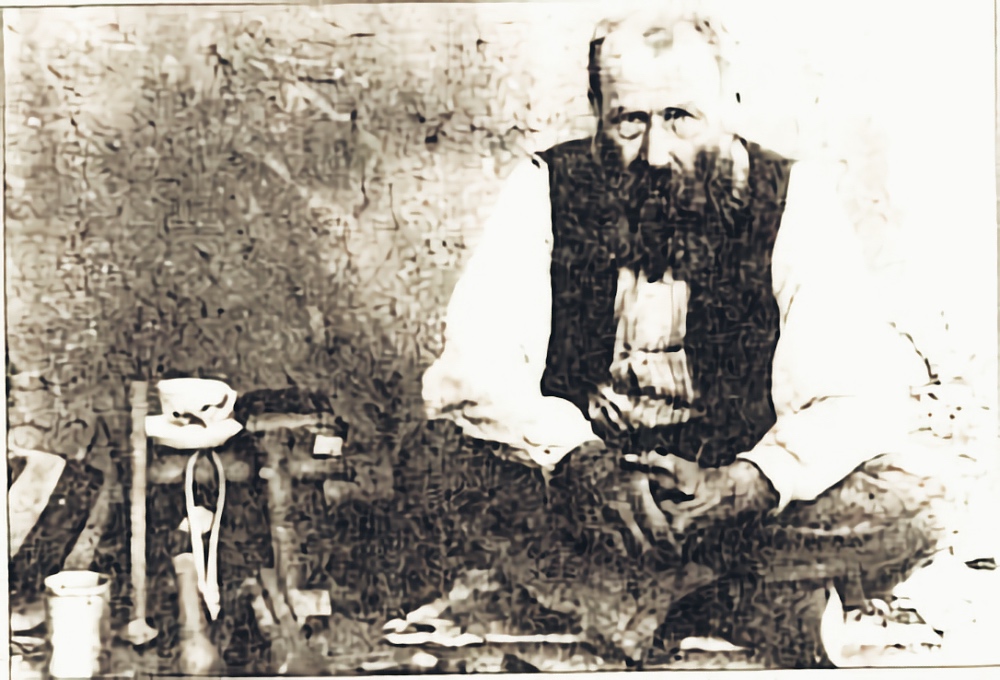
He died on 11 March 1926, at the age of 61.
Van Rensburg’s legacy was carried on by his family, who preserved his writings and prophecies. His daughter, Anna Badenhorst, was instrumental in archiving his visions.
Boers versus Afrikaners
Is there a difference between Boers and Afrikaners?
The answer is a bit fuzzy.
The terms have been used interchangeably for many years, but they do have historical and cultural connotations, as photographer, historian, and author of Stories From South Africa, Riaan Roux, explained in our conversation.
Boers
The Boers were the descendants of the Dutch, German, and French settlers of the Cape Colony in the 17th and 18th centuries. The word ‘boer’ (lowercase B) is Dutch for ‘farmer’, which aptly described their primary occupation as agrarian settlers. The word ‘Boer’ (uppercase B) means the same thing, but with more cultural context. Typically, the two spellings are used interchangeably.
The Boers developed their own culture and language (Afrikaans), which had its roots in Dutch but was also influenced by other languages.
Afrikaners
Afrikaners, on the other hand, is a broader term that encompasses all white, Afrikaans-speaking people in South Africa, which includes the Boers but is not limited to them. While all Boers are Afrikaners, not all Afrikaners are Boers. The term ‘Afrikaner’ itself became common in the 20th century and was used to forge a national identity among white Afrikaans speakers.
Historically, the Boers are particularly associated with the Great Trek of the 1830s and 1840s, during which they left the British-controlled Cape Colony to establish their own republics in the interior of South Africa. This move was motivated by a desire for self-governance and to live according to their own cultural and religious beliefs, which were threatened under British rule.
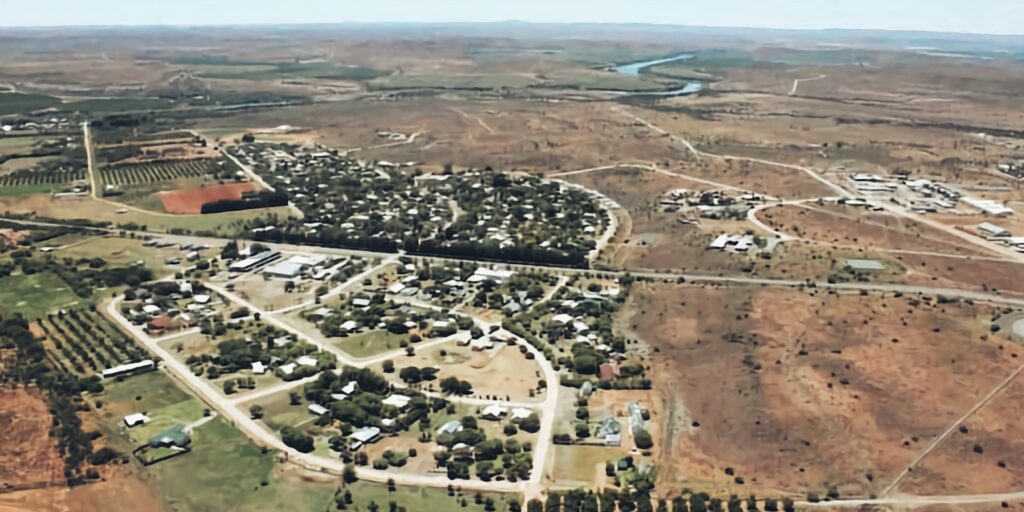
Culturally, Boers are often associated with a more rural, conservative lifestyle and have a strong attachment to the land and their farming heritage. The Afrikaner identity, while it includes these rural aspects, is more all-encompassing (and sometimes more liberal) and includes urbanised Afrikaans speakers, professionals, and those less connected to the agrarian lifestyle. It also has been shaped significantly by the political history of South Africa, especially during the apartheid era when Afrikaners held significant political power.
In other words, Siener’s visions were not for the Afrikaners, but for the Boers.
Stories from South Africa
Riaan Roux is a South African photographer and researcher specifically interested in Siener van Rensburg and the Anglo-Boer War.
His YouTube channel is called Stories from South Africa.


